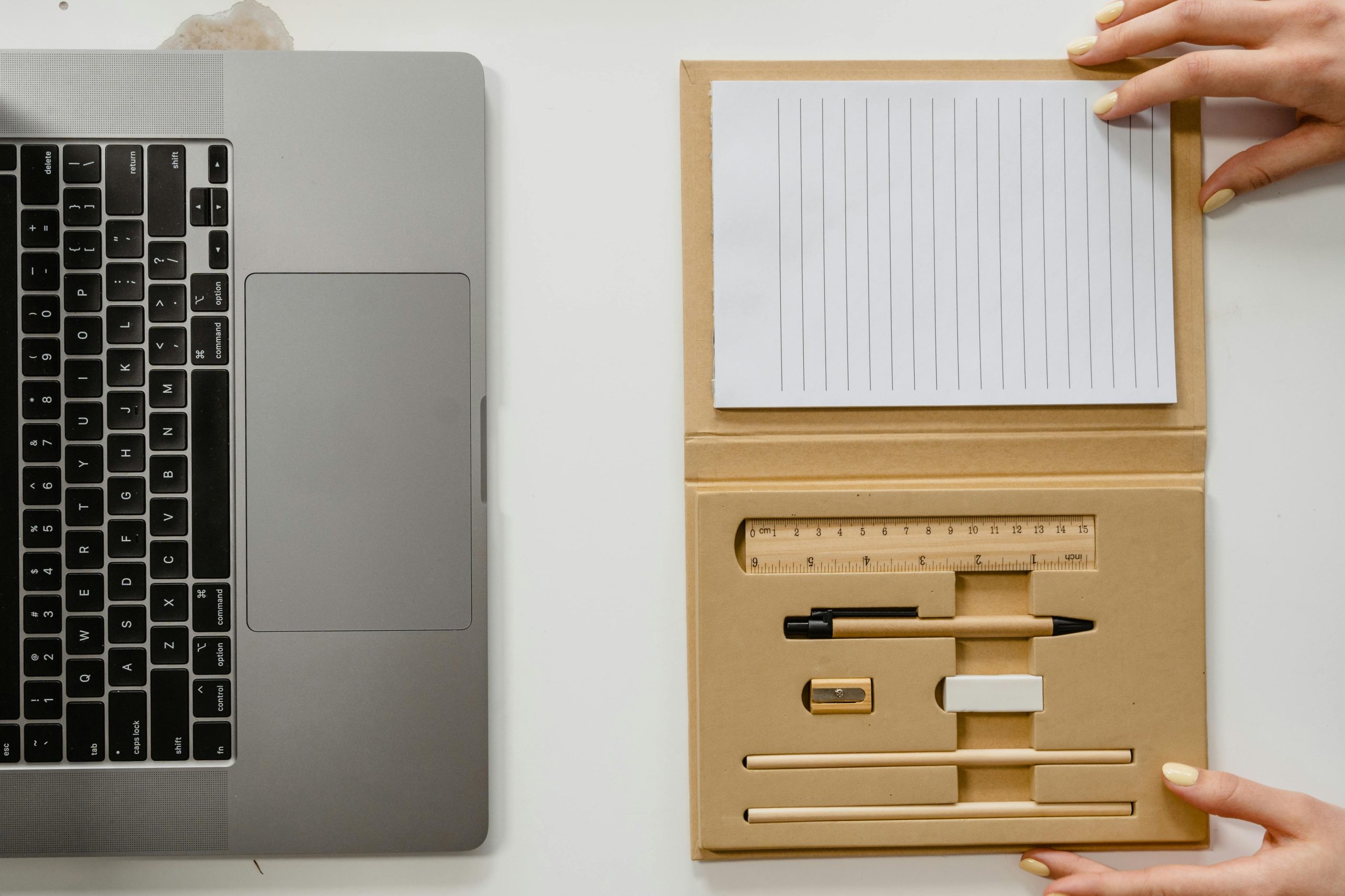Choosing the Right Docking Station for a Multi-Device Desktop Setup: A Comprehensive Guide
In today’s versatile work environment, many professionals maintain multi-device setups to enhance productivity and flexibility. Whether you’re sharing screens with a partner or integrating multiple computers, selecting the appropriate docking station is crucial for seamless connectivity and efficiency. If you’re navigating similar challenges and seeking advice on optimizing your setup, this guide aims to clarify your options and help you make an informed decision.
Understanding Your Current Setup and Needs
Imagine a scenario where you’ve previously operated two computers, each connected to its respective monitor via individual display cables. This setup allowed effortless switching between systems—simply turning one off and the other on. Your dual-monitor configuration supported simultaneous, independent use, which worked well for you and your partner.
Now, with a new remote work arrangement, you’ve introduced a work laptop requiring connection to your existing monitors. Your key goal is to find a docking station that:
- Facilitates dual-connection support for both computers and your laptop
- Allows manual switching between connected devices
- Supports your laptop’s USB-C data capabilities, despite your older computers not supporting USB-C
- Maintains reliability and long-term durability, even at a higher investment
Key Challenges and Considerations
Before selecting a docking station, it’s essential to evaluate several factors:
-
Device Compatibility
Since your laptop supports USB-C for data transfer but your desktop computers do not, you’ll need a solution that can accommodate both connection types. This may involve choosing a docking station with multiple input options or considering additional adapters. -
Input Switching Mechanism
Your current preference involves manual switching—meaning you connect your monitors to different source devices as needed. Some docking stations or monitor setups support automatic or seamless switching, but manual control ensures you’re in charge of device selection. -
Display Support
Confirm that the docking station can handle the resolution and refresh rate requirements of your monitors. For multi-monitor setups, this is especially important to prevent display lag or compatibility issues. -
Port Selection
Beyond video, consider necessary peripherals such as keyboards, mice, external drives, or network connections. A comprehensive docking station should offer sufficient USB ports, Ethernet, audio jack, and possibly SD card readers. -
Reliability and Build Quality
Investing in a high-quality docking station ensures a stable connection, fewer disconnects, and longevity—particularly vital if your setup is integral to your daily
Share this content:



